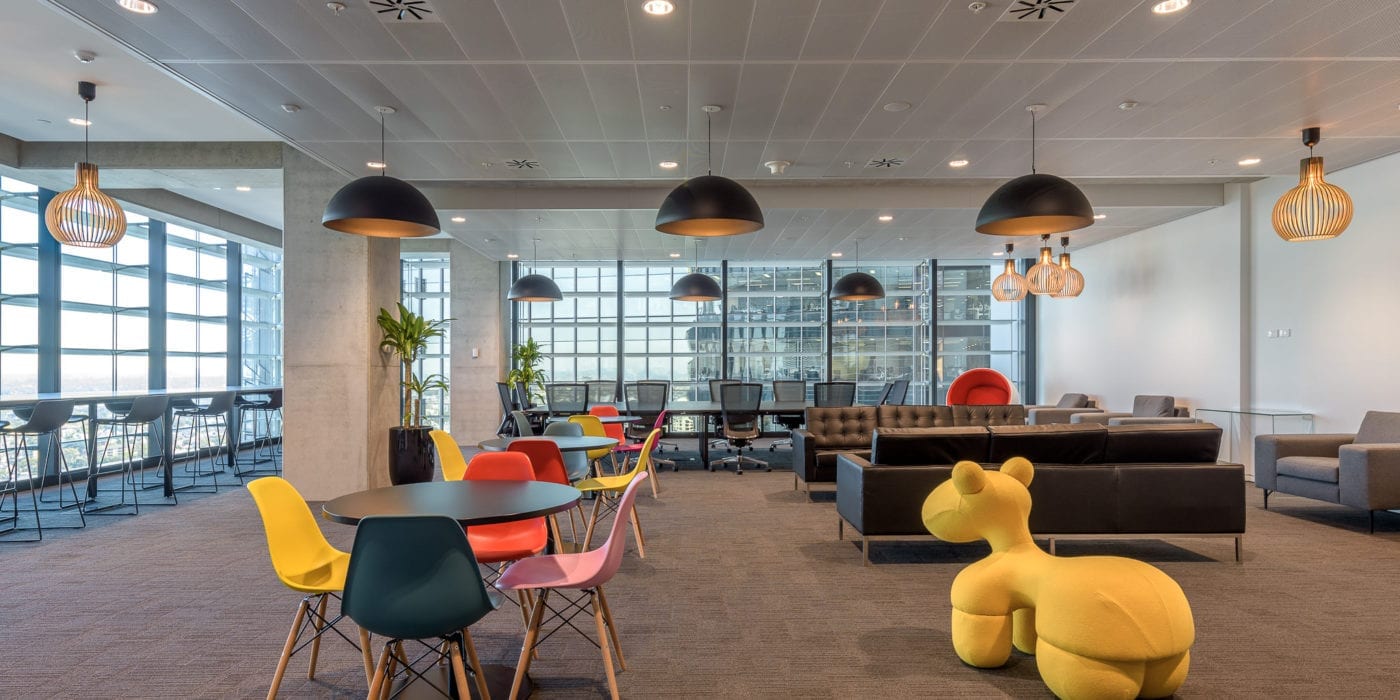A “V” for Victory! Serviced Offices to Bounce Back Strongly from the COVID Crash.
COVID-19 has claimed many casualties however office life will not be one of them. Rather, our relationship with the office is likely to evolve into one that places an increased value on flexibility, cost efficiency and the ‘network economy’. Consequently, a strong structural tail wind supports future revenue growth in ASX listed stocks such as Victory Offices (VOL.ASX) who provide a premium product in the market place and are backed by a strong management team capable of assisting businesses adjust and thrive in the ‘new normal’.
Why serviced offices? Why now?
Work place flexibility is not new and many businesses have been evolving their property foot print over the last five years. In a typical medium to large business training days, annual leave, working from home, external client appointments and conferences typically result in only 60% of the permanent work force at their desk at any one point in time. As such, the utilisation of larger floor plates is changing with a greater emphasis now on collaborative spaces and technology in bringing people together, both within and across teams, in order to achieve a set task.
Interestingly, recent research undertaken by Dexus1 shows that whilst 78% of their survey participants indicated that they liked working from home, 80% of the total indicated that they actually missed being in the office – a clear signal that people are actually looking for a mix of both worlds.
So what then is the attraction of serviced offices?
1. Flexibility.
Some companies may be seeking to build, or be in the early stages of building a presence in another state and wish to be able to scale up or down their premises quickly depending upon market conditions. Additionally, and perhaps more acutely in the current environment, some companies that have otherwise put their primary location into mothball may still need to bring essential workers together in an environment with enough space to enable social distancing but without the long-term lock in of a traditional lease.
2. Cost Efficiency.
Not all businesses will be able to commit to large scale leases in premium office complexes, however still value the location, proximity to clients and surrounding amenities (social and infrastructure) that are attractive to staff.
Such businesses could be start up companies looking to break into the corporate market, mid-tier professional services firms looking to reduce rental overheads without sacrificing location or status.
3. The ‘network economy’.
Serviced offices have long been a hot bed of innovation, particularly in the technology sector where synergies between different parts of the start up ecosystem have long been fostered, however the potential is far greater than this. Opportunities also exist for established companies to lease out ‘neutral turf’ for joint venture and partnership based projects, becoming closer to key clients and other stakeholders with the lottery ticket of a serendipitous interactions with a fluid and diverse range of office ‘co-workers’.
Why Victory Offices?
As a pure play on the serviced offices thematic with a premium product in the market place and a strong management team, Victory Offices find themselves in a very strong position.
This is not to say that the company has not had its challenges in recent times – the COVID-19 pandemic saw tenancies plummet from 80% down to 20% in a very short period of time, but with a share price sitting at less than 20% of its 12 month high ($2.55), an accelerated pipeline of opportunity from both new and established market segments, a national foot print with 24 different locations and a $15.3M balance sheet recapitalisation that should see the company through for at least the next 18 months (based on cash burn of ~$700K p/m) the stars are starting to align.
Importantly, not many stars need to align for this to all work out.
Victory Offices need about 45% of their office space to be tenanted in order to break even and management are estimating tenancy figures of around 80% by the end of FY21. With $15M in the bank post recapitalisation and a cash burn of somewhere around the $600K – $700K per month mark the company has a reasonable runway to get back above the break even point and potentially push above the $0.80 per share mark over the medium term (currently $0.35 p/s). Are there risks to this investment thesis? Absolutely. Extended and expanded lockdowns throughout the country, alongside the potential for systemic changes in the relationship between landlord and tenant could result in a few bumps along the way. However a lot of these risks have been factored into the price and management are solid, making this one to watch.



